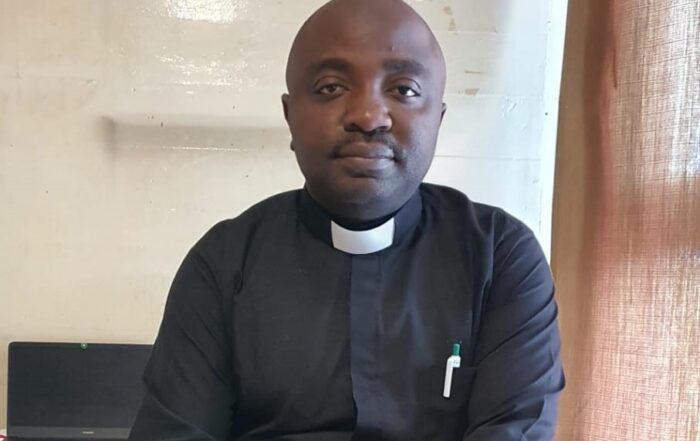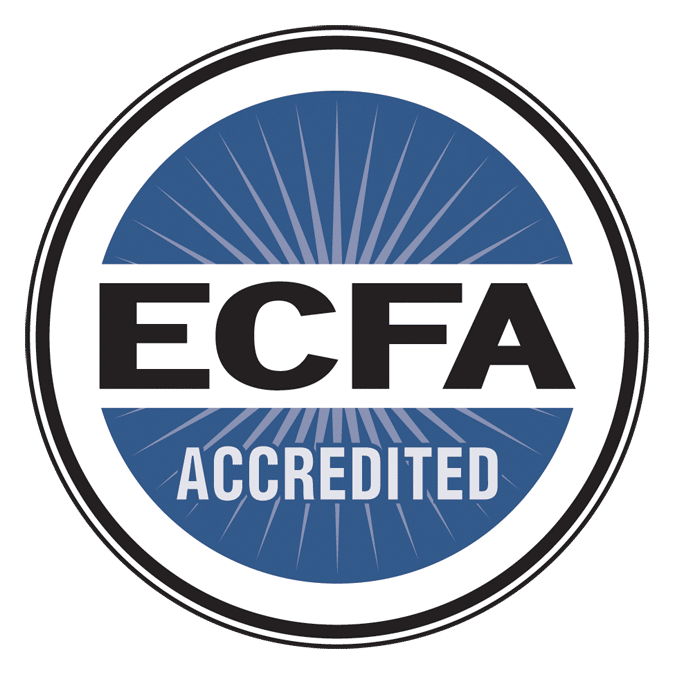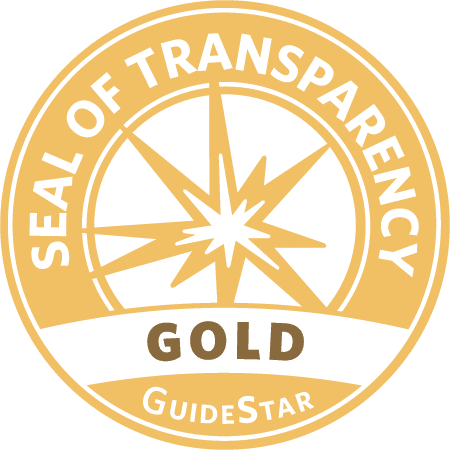Of Blemishes and Bread
Let’s be honest, some verses in the Bible make us cringe. Here’s one of them:
“No man of the offspring of Aaron the priest who has a blemish shall come near to offer the Lord’s food offerings; since he has a blemish, he shall not come near to offer the bread of his God.”
Leviticus 21:21 ESV
I’ve often thought about that verse, and a few others like it, and wondered how it would sound to persons with disabilities. You don’t hear pastors dwelling long on verses like this.

I preached on Leviticus ten years ago, and when I went back to look over my notes from chapter 21, I saw that I quickly spiritualized the instructions—not inappropriately, but I didn’t really talk about why these instructions are in the Mosaic Law or what they can teach us today.
On the face of it, the prohibitions against blemishes are hard to read. The surrounding verses tell us that the Lord instructed Moses that no priest who was blind or lame or who suffered from one of a dozen bodily defects could pass through the veil and approach the altar. Anyone who entered the tabernacle with a physical blemish would profane the Lord’s sanctuary (v. 23).
What do we do with a passage like this, especially as we think about God’s image-bearers who live with disabilities?
Reading the Levitical Map
For starters, we need to understand the conceptual world of the Old Testament.
The Lord told Aaron, Moses’ brother and the high priest, “to distinguish between the holy and the common, and between the unclean and the clean.”
Leviticus 10:10 (ESV)
All of life was lived in these four quadrants. “Holy” referred to those people, places, things, and days that were set apart for special use. Priests were holy, the Sabbath was holy, utensils for the tabernacle were holy. “Common” referred to everything else which was employed for everyday use. Older translations may refer to this category as “profane,” a word that comes from the Latin profanus meaning “outside the temple.” All things were either holy or common, sacred or secular.
Likewise, all things were either clean or unclean. This category is not to be confused with the one above. Something holy (set apart for special use) could be impure, just like something common (for ordinary use) could be pure. Further, we have to understand that these categories do not, by themselves, imply anything about sin or righteousness. In ancient Israel, ritual impurity was not automatically the same as moral impurity (though the two could overlap).
All of this helps us to map the prohibition against blemishes onto the right conceptual grid. To have a physical defect was not a moral failing and it did not prevent you from being a priest (i.e., set apart as holy). In fact, Leviticus makes clear that blemished priests could still partake of the holy bread. What they couldn’t do was approach the altar (v. 22-23). Their physical defect was a kind of ritual uncleanness that prevented them from entering the holy place of the tabernacle.
Reading the Whole Thing
With this conceptual grid in mind, we need to look at all that is required of the priest in Leviticus 21-22. God didn’t single out the physical attributes of the priest for unique scrutiny. We see in these two chapters that the priests were held to more exacting standards in several areas. The priest could not mourn for his deceased relatives like laypeople could. The priest could not marry a prostitute, a defiled woman, a divorced woman, or even a widow. In order for the priestly line to be pure, he could only marry a virgin of his own people (21:1-15). The priest could not approach any of the holy things while he was unclean (22:1-9), and he had to ensure that only the appropriate people ate the holy food and touched the holy things (22:10-16). In other words, for the priest to approach God in his sanctuary, God required the highest standard of holiness and ritual purity.
Notice that Leviticus 21:18-20 lists twelves blemishes a priest must not have if is he going to approach the altar. It is surely no coincidence that the list of blemishes which must not be found in an animal sacrifice also totals twelve, with many of the words and descriptions matching those in the instructions for the priest (22:20-25). Both the sacrifice and the one offering the sacrifice must be perfectly whole and without defect.
Reading for Good News
At this point you may be thinking to yourself, “Interesting, but how is any of this good news for persons who live with disabilities?”
Let me mention three ways there may be surprising encouragement in these seemingly cringeworthy instructions.
First
In a profound way, the prohibition concerning physical defects reminds us that disabilities like blindness or paralysis are a departure from the “very good” of God’s initial creation. This does not mean that persons with disabilities are not fearfully and wonderfully made (Psalm 139:14), but rather that the blemishes are not the way things are supposed to be. By God’s grace, physical limitations can be used to refine us, but in and of themselves, eyes that don’t see and legs that don’t move are a part of the creation groaning to be set free from its bondage to decay (Romans 8:21).
Second
We see in Christ the perfect fulfillment of the unblemished sacrifice and the unblemished high priest (Hebrews 8-10). Surely, the requirements in Leviticus 21-22 often led the Israelites to wonder, “What animal can really be this spotless? What priest can truly be this perfect?” If the Lord is this exacting in his holiness and in his purity, who can stand? If we read Leviticus 21:21 by itself we may conclude, “Only some people have physical defects.” But when we read Leviticus as a whole, we realize, “There is no one who can stand before God without an atoning sacrifice.” We are meant to look at our sins and then look beyond Aaron and his sons to the better Lamb and to the greater High Priest to come.
Third
We see in Jesus one who can heal both body and soul. We often think of Jesus healing lepers, raising the dead, and giving sight to the blind because he cared for people so deeply. And, of course, that is true. But his healings were more than an expression of love. In removing every kind of ritual defilement, Jesus showed that his holiness is more contagious than our impurity. In Mark 5:29, a woman’s twelve-year-long blood flow dried up just by coming in contact with Jesus. He does more than love us in our weakness. He assures us that he has the power to destroy all that causes us to groan and grimace in this world.
And not only that, because he died for us, our defects no longer render us unclean.
We are not under the shadow of the Levitical system anymore. Jesus is the perfection we need.
As Matthew Henry put it, “Under the gospel, those that labour under any such blemishes as these [in Leviticus 21:16-24] have reason to thank God that they are not thereby excluded from offering spiritual sacrifices to God; nor, if otherwise qualified for it, from the office of the ministry.”
Whatever the body, Henry says, there can still be a “healthful beautiful soul.” Jesus doesn’t just show us the way to be whole in this life. He is the way, the truth, and the life for all who believe (John 14:6).
As Jesus states in John 6:51, this holy food is available to anyone: “I am the living bread that came down from heaven. If anyone eats of this bread, he will live forever. And the bread that I will give for the life of the world is my flesh.”
Just like priests of old, though none of us are without defect, there is holy food available for the eating, and our blemished bodies can be made strong as we partake of his unblemished body and poured out blood.
Written By—Kevin DeYoung, Ph.D.
Kevin DeYoung is the Senior Pastor at Christ Covenant Church (PCA) in Matthews, North Carolina. He serves as board chairman for The Gospel Coalition and blogs on TGC’s DeYoung, Restless and Reformed. Kevin is an Assistant Professor of Systematic Theology at Reformed Theological Seminary (Charlotte), and has authored several books, including Just Do Something, The Hole in Our Holiness, Crazy Busy, Taking God At His Word, and The Biggest Story. Kevin and his wife, Trisha, have nine children: Ian, Jacob, Elizabeth, Paul, Mary, Benjamin, Tabitha, Andrew, and Susannah.

Disability in Mission
Disability in Mission: The Church’s Hidden Treasure outlines a radical change in approaches to missiology, missions, and praxis for the twenty-first-century global cultural context. It explores a pattern whereby God works powerfully in missions through disability and not in spite of it.





